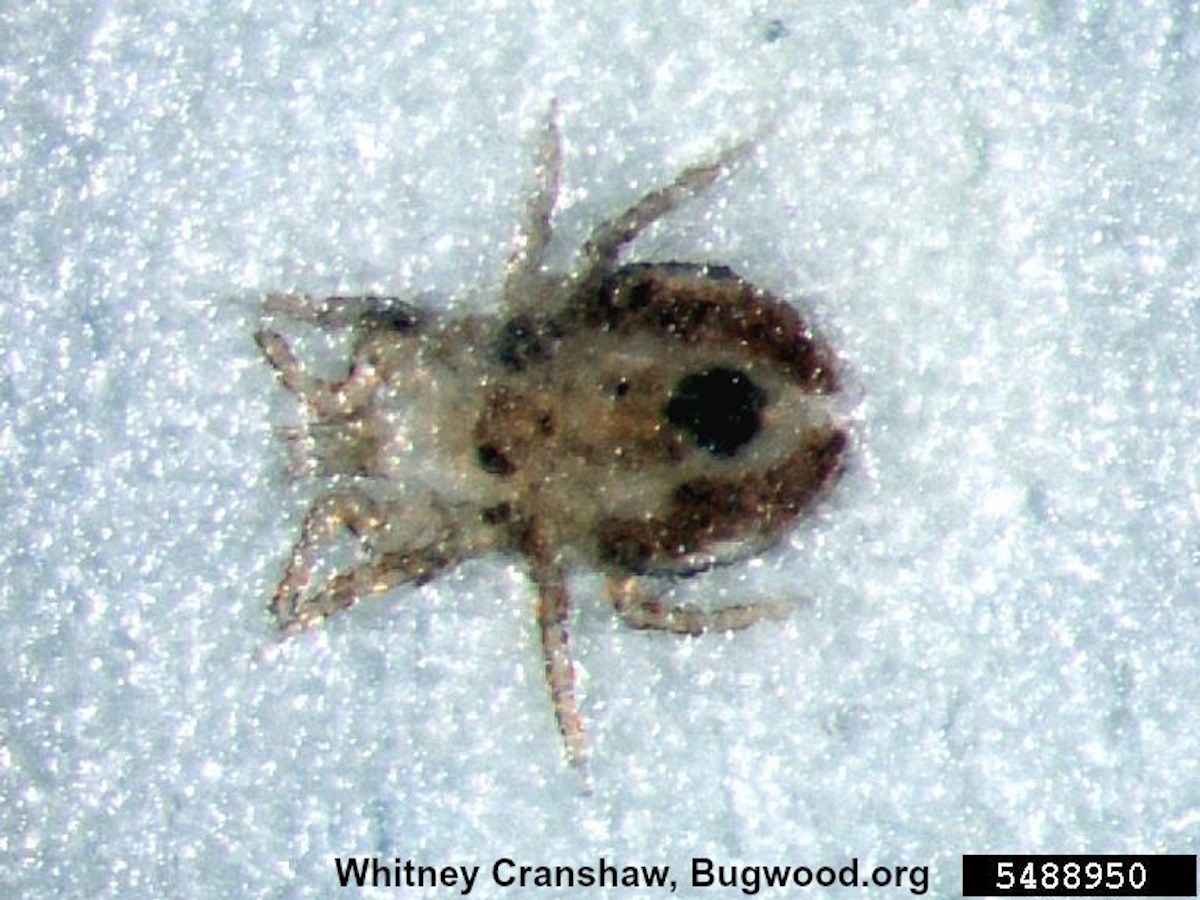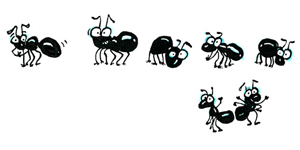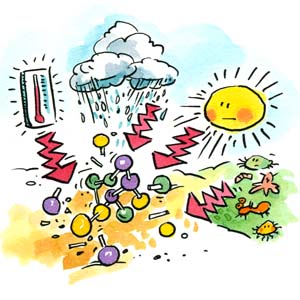Chicken Mites (Bird Mites)
Dermanyssus gallinae
Chicken mites, also known as bird mites, get their common name because they live on the skin of a wide variety of birds, but especially chickens. They become structural pests when they migrate from bird nests into buildings and attack humans. They are found throughout the United States and worldwide.
Pest Stats
Color
Nearly white when unfed, bright red when recently fed, or gray to black with blood meal partially digested
Legs
8
Shape
Oval, flattened from top to bottom, not hard-shelled
Size
1/32” (0.75-1+ mm)
Antennae
No
Region
Found throughout U.S.
Chicken mites, also known as bird mites, get their common name because they live on the skin of a wide variety of birds, but especially chickens. They become structural pests when they migrate from bird nests into buildings and attack humans. They are found throughout the United States and worldwide.
Pest Stats
Color
Nearly white when unfed, bright red when recently fed, or gray to black with blood meal partially digested
Legs
8
Shape
Oval, flattened from top to bottom, not hard-shelled
Size
1/32” (0.75-1+ mm)
Antennae
No
Region
Found throughout U.S.
Habits
Chicken mites feed primarily at night, after which the mite drops off of the host.
Habitat
Chicken mites most often live and feed on pigeons, sparrows, starlings and chickens. Chicken mites often migrate indoors from an abandoned nest. They enter through window frames or attics. Chicken mites can also be introduced via pet birds such as canaries or on gerbils from pet stores where an infestation has occurred.
Threats
Chicken mites have been implicated in the transmission of St. Louis encephalitis, but their role in the transmission of the disease is not known. Chicken mites can cause painful skin irritation on humans.
Chicken Mite Prevention
Looking to get rid of bird mites or chicken mites? If you own or handle birds, keep the coops and bedding clean and inspect the flock regularly for signs of an infestation. Do not handle bird nests on your property, even after the birds have vacated the nest. If you have pets that spend time outdoors, inspect them regularly as they can become chicken mite carriers. Inspect second-hand furniture carefully before bringing indoors, as mites can be transported in bedding, furniture, and carpeting. If you see signs of a chicken mite infestation in your home, contact a bird mite control professional to identify the source - often a bird's nest in or near your home - and treat the infestation. If you have an infestation, launder bedding and clothing in hot water. Consult with a physician for proper treatment of chicken mite bites.
Find a Pest Control Professional





